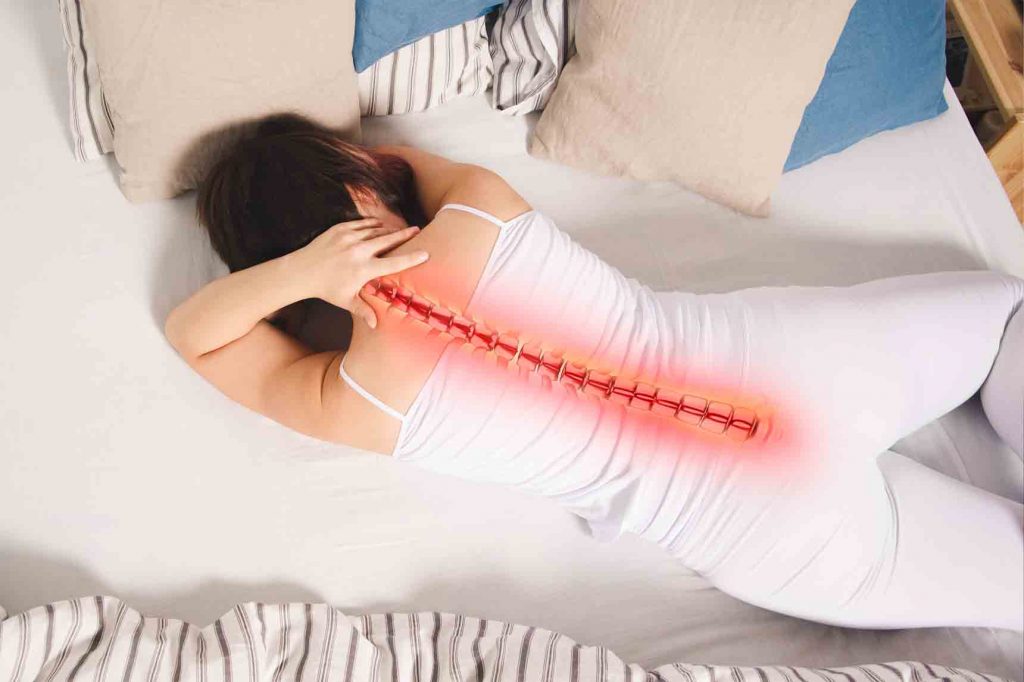Do you experience lower back pain that radiates down to your legs, numbness or tingling sensations, or difficulty walking? You might be one of the many people who suffer from spondylolisthesis, a spinal condition that causes the vertebrae to slip out of place. This condition can be very painful and affect your quality of life.

Understanding Spondylolisthesis
Spondylolisthesis is a condition that occurs when one of the vertebrae in your spine slips out of place and moves forward or backward. This can cause the affected vertebra to press on the nerves in your spinal cord, leading to pain, numbness, or weakness in your legs.
There are several types of spondylolisthesis, including:
- Congenital spondylolisthesis: This type of spondylolisthesis is present at birth and is caused by a defect in the development of one or more vertebrae.
- Isthmic spondylolisthesis: This type of spondylolisthesis occurs when a small stress fracture allows one vertebra to slip forward over the one below it.
- Degenerative spondylolisthesis: This type of spondylolisthesis is more common in older adults and occurs when the spinal joints and ligaments weaken, allowing a vertebra to slip out of place.
Symptoms of Spondylolisthesis
Spondylolisthesis can cause a variety of symptoms, depending on the severity of the condition. Common symptoms include:
- Lower back pain that radiates down to your legs
- Numbness or tingling sensations in your legs or feet
- Weakness in your legs
- Difficulty walking
- Loss of bladder or bowel control (in severe cases)
Diagnosis and Treatment of Spondylolisthesis
If you suspect that you have spondylolisthesis, you should see a doctor for a proper diagnosis. Your doctor may recommend imaging tests, such as X-rays or an MRI, to determine the extent of the condition.
Treatment for spondylolisthesis depends on the severity of the condition. Mild cases can often be treated with conservative measures, such as rest, physical therapy, or pain medication. For more severe cases, surgery may be necessary to correct the spinal alignment and relieve pressure on the nerves.
Coping with Spondylolisthesis
Living with spondylolisthesis can be challenging, but there are things you can do to manage your symptoms and improve your quality of life. Some tips for coping with spondylolisthesis include:
- Maintaining a healthy weight to reduce stress on your spine
- Engaging in low-impact exercises, such as swimming or yoga, to strengthen your core muscles
- Using good posture when sitting, standing, or lifting heavy objects
- Wearing comfortable, supportive shoes
- Taking breaks and stretching regularly if you have a sedentary job
Spondylolisthesis can be a painful and debilitating condition, but with the right treatment and self-care, you can manage your symptoms and live a full life. If you suspect that you have spondylolisthesis, be sure to see a doctor for a proper diagnosis and treatment plan.
